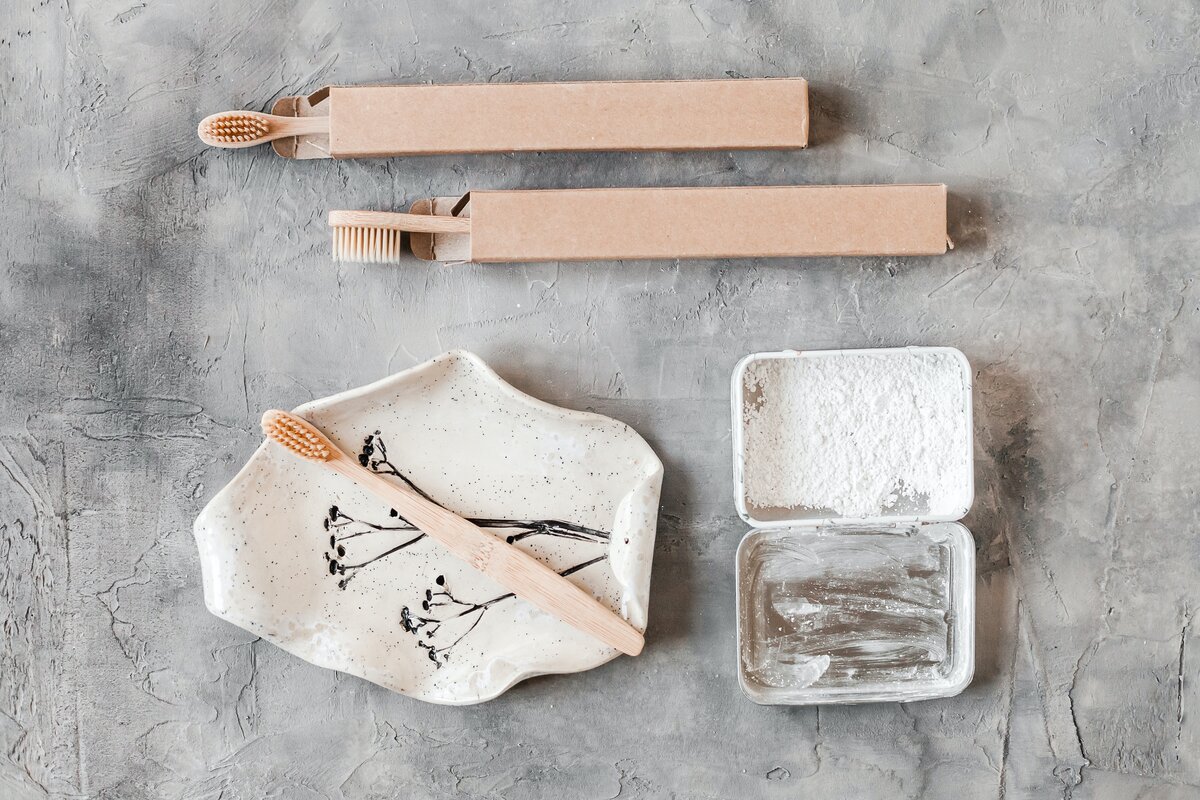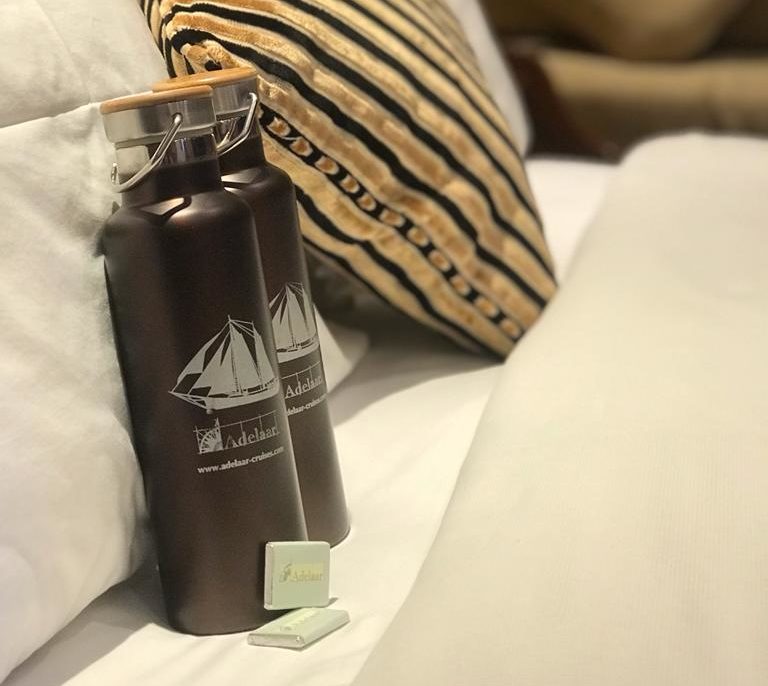How to become an eco dive traveler
There is no way around it, we are all on a path to be healthier for ourselves but also our environment. As a traveler of the world, we have to take care of the impact we make while visiting foreign countries or own. It all starts when you decide to go on a diving trip.
- How will you get there?
- What are you bringing?
- How do we act while we are there?
We will discuss a few things about how to be an eco friendlier dive traveler. Choose an airline that aims for carbon neutral growth and development for biofuels. In addition, with initiatives to reduce fuel and water usage, and lower the weight of serving carts in the plane, offering organic food and recycling programs.
Great examples are Cathay Pacific, Air France / KLM, American Airlines and Delta Airlines.
Pack your bag
Now you have chosen your transport, it is time to pack your bag. A great place to start is your toiletries. A wooden or bamboo toothbrush with toothpaste or powder that is free from nasties, such as phthalates, parabens, microplastics, SLS, and formaldehyde, and preferably comes in a glass or aluminum container instead of plastic. This of course goes for all your toiletries. Biodegradable soap, shampoo and conditioners do come in bar form and avoid plastic. When you book your stay, find out if they provide this, which will save you some weight in your luggage. Choose a sun lotion that is reef safe, and wear protective clothing. Sit in the shade when possible.
Pack light! No need to bring a lot of clothes, especially when traveling to Indonesia. Your swimmers and an extra pair, so you always have a dry pair. A sarong, this can be a skirt, a dress a shirt, a headscarf and anything else you can think of. When you travel wear your long shirt and trousers, for the unlikely event it is cold during your trip. Lastly, 3 sets of clothes are plenty for an 11 day liveaboard, you probably only wear them during the night.
Responsible Eco Diver
Practice excellent buoyancy control. If you are having trouble, please ask your dive master or instructor for a refresher. Dragging your fins, even if it is only over a sandy bottom, disturbs marine life and plants. You can imagine what it does to a beautiful coral garden. Remember coral takes years to grow! Dragging fins are generally a result of over weighting yourself. Always do a weight check at the first dive of your trip and again at the end of that first dive when your tank is at its lightest. When you are comfortable with your weight and buoyancy, you can bring your camera.
Do not wear gloves. It is way too tempting to hold on to a piece of coral if you are wearing gloves. This is why in many places it is forbidden to wear them.
Carry a mesh bag and a dive knife. Unfortunately, there is already too much plastic in our oceans. When you do find plastic bags, bottles, flipflops, lighters etc. please do take them up, we will dispose of them correctly. This also goes for fishing lines, but please be careful. Don’t get entangled yourself and watch the hooks at the end!
Let us all take responsibility to be good role models. And if you do see other divers “misbehave” either talk to them yourself or ask the dive guide for help.
Day to day changes
Always carry your refillable water bottle. Avoid buying plastic bottles. Pack a lunch in a small container instead of buying plastic wrapped sandwiches on the go. Or sit down in a nice restaurant. Refuse the plastic straws in your favorite exotic drink. If you love them bring your own. They are available in bamboo, glass and metal. At home when you do your grocery shopping, buy in bulk and buy at zero waste stores.
There are still many shops that sell souvenirs covered in shells. They are not farmed they come straight from the sea, most of the time when harvesting, the mollusks are still alive inside. Choose a handwoven Ikat instead or a hat or a carved Komodo dragon. Don’t forget to bring your own bag otherwise it will get wrapped in a plastic bag.
You don’t need to change the world, but if everyone does a little together, we will make a huge difference.
Read about Ann’s cruise on Adelaar here.







